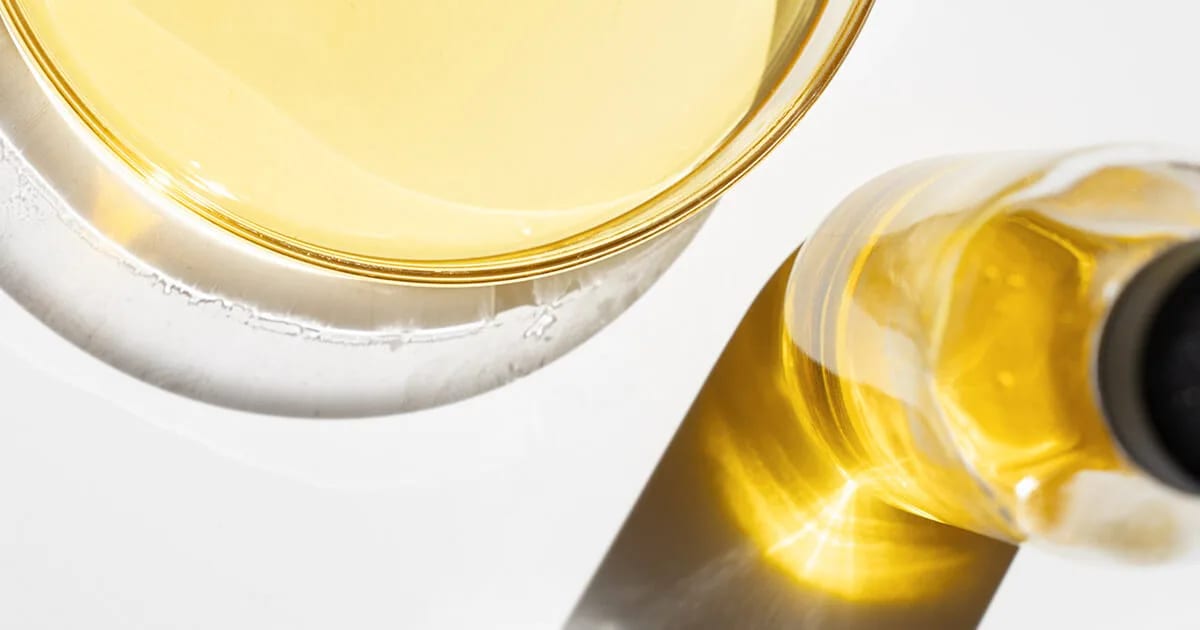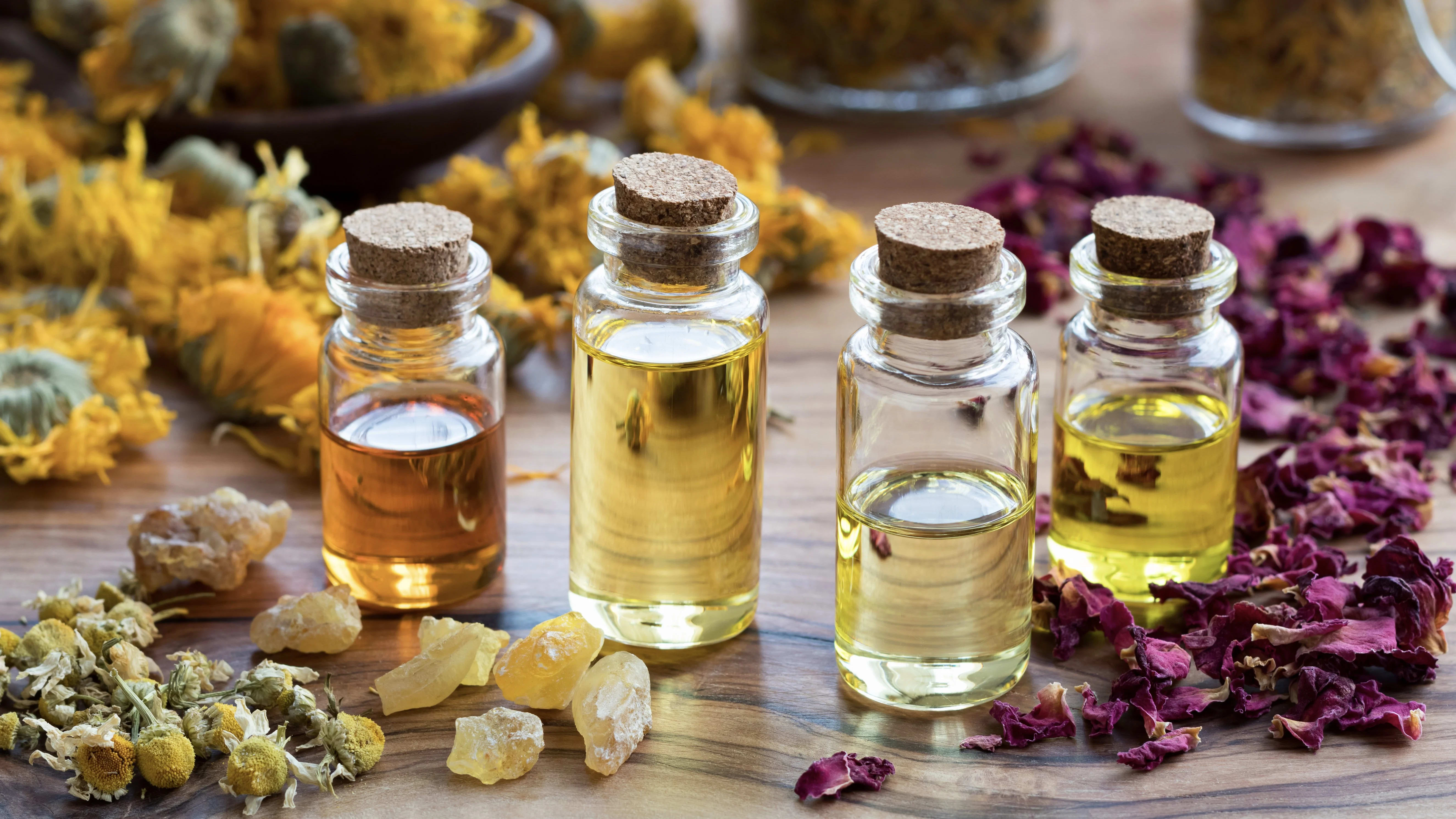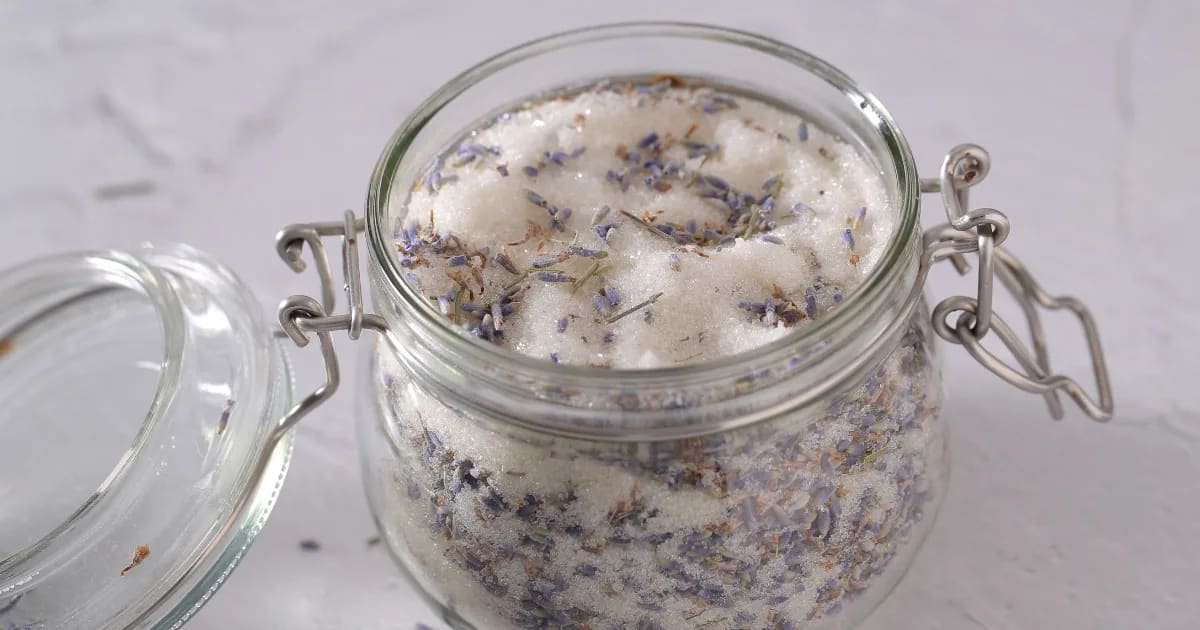How to Use Essential Oils for Fungal Issues

Two essential oils for fungal issues!
Sometimes itchy skin is due to fungal issues. Not fun. But true.
If you’re not sure what’s causing your skin irritation, see your health-care professional first and foremost. I know we all love natural solutions here at Aromahead, but your health comes first! Be sure you know what you’re dealing with.
Then if you’d like some natural comfort, you can turn to a few essential oils for fungal issues: Palmarosa and Lemongrass ct. rhodinol.
These oils contain geraniol and citronellol—two components proven to reduce the presence of fungus. They also help soothe irritated skin. The perfect combination!
Geraniol & citronellol: a powerful synergy!
Geraniol and citronellol have both been shown to calm the effects of fungus.
A 2014 study found that geraniol & citronellol damaged the cell walls and membranes of a common fungus that causes skin irritation.
These two molecules work so well together, they create a “synergy”—enhancing one another’s properties. In fact, they’re sometimes referred to as one component: rhodinol.
Palmarosa is rich in geraniol, and lemongrass ct. rhodinol contains (you guessed it!) both geraniol and citronellol.
Now you’ve got the science—let’s get to today’s recipe!
This is a lotion you can use to soothe irritated patches of skin, including areas around your feet and nails.
Geraniol & Citronellol Itch-Calming Lotion
This is a lotion you can use to soothe irritated patches of skin, including areas around your feet and nails.
Ingredients
1 oz (28 g) Unscented lotion
6 drops Palmarosa Oil (Cymbopogon martinii var motia)
6 drops Lemongrass ct. rhodinol Oil (Cymbopogon citratus ct rhodinol)
4 drops Patchouli Oil (Pogostemon cablin)
2 drops Cinnamon Leaf Oil (Cinnamomum zeylanicum)
Equipment
One 1 oz (30 ml) jar
Glass stirring rod (or a stainless steel spoon)
Directions
Put the lotion into a jar
Add the drops of essential oils
Stir well with a glass stirring rod
Use your lotion as needed while your symptoms persist! Once your skin stops feeling itchy, you may want to continue using this lotion for a few extra days—just to be sure any lingering fungus clears away.
However, I don’t recommend using this lotion for too long of a time period. More on that in a minute!
If your skin is especially irritated, hot, and inflamed, you might want a recipe that’s more cooling than this. Here’s a recipe from The Aromahead Blog made with Peppermint and
Eucalyptus in a skin-nourishing, easy-to-apply itch stick. (It also includes German Chamomile—a super-soothing blue oil!)
Now let’s take a look at the other essential oils for fungal issues in today’s lotion recipe!
Patchouli essential oil (Pogostemon cablin)
Patchouli is a traditional oil for irritated, itchy skin issues and has been studied for its ability to reduce different types of fungi. Its component patchoulol plays a key role here.
Cinnamon Leaf essential oil (Cinnamomum zeylanicum)
Cinnamon Leaf is another star player in this lotion! That’s because it contains the powerful component eugenol.
In a 2009 study, researchers found that eugenol showed “considerable antifungal activity” against all the fungal strains they tested!
But while eugenol is strong, it can also irritate your skin.
We don’t want to clear up one type of irritation only to cause another! That’s why there are only 2 drops of Cinnamon Leaf in this lotion recipe and why I recommended only using it for a short period of time.
Safety notes!
If you’re on anticoagulant medications or have a clotting disorder, leave the Cinnamon Leaf out altogether. It’s also too strong for babies and small children.
REFERENCES
Lang, G. and Buchbauer, G. (2012) A review on recent research results (2008-2010) on essential oils as antimicrobials and antifungals. A review. Flavour and Fragrance Journal 27, 13-39.
Mirko W, Anja S, Bockmuehl AB, Bolte A, Breves R. (2006) Agents against microorganisms containing patchouli oil, patchouli alcohol and/or the derivatives. United States: 0134239 A1, 2006.Pattnai, Subramanyam and Kole (1996) Antibacterial and antifungal activity of ten essential oils in vitro. Microbios 86 (349): 237-46.
Pattnai, Subramanyam, Kole need initials (1996) Antibacterial and antifungal activity of ten essential oils in vitro. Microbios 86, 349, 237-46.
Pereira Fde O, Mendes JM, Lima IO, Mota KS, Oliveira WA, Lima Ede O. Antifungal activity of geraniol and citronellol, two monoterpenes alcohols, against Trichophyton rubrum involves inhibition of ergosterol biosynthesis. Pharmaceutical Biology. 2015 Feb;53(2):228-34. doi: 10.3109/13880209.2014.913299. Epub 2014 Nov 21. PMID: 25414073.
Pinto, E., Vale-Silva, L., Cavaleiro, C. and Salguero, L. (2009) Antifungal activity of the clove essential oil from Syzygium aromaticum on Candida, Aspergillus and dermatophyte species. Journal of Medical Microbiology 58, 11, 1454-1462.





